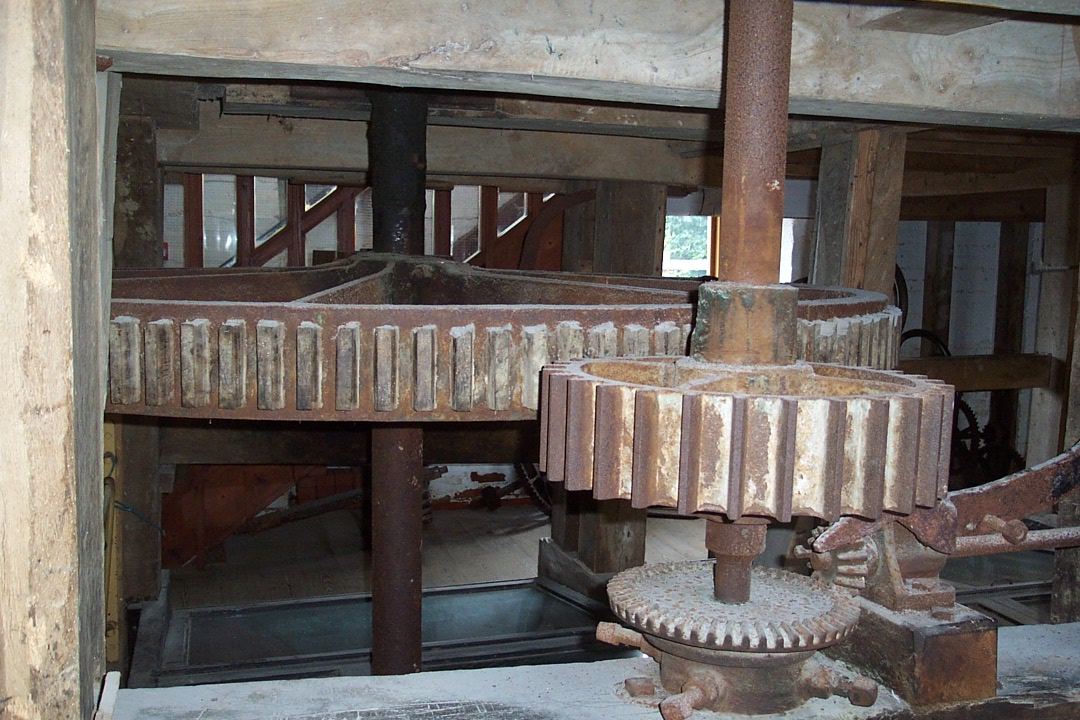
TE6: Conservation Area Settings
Policy Ideas
We want a policy that recognises the importance of the Eling and Hanger Farm Conservation Areas to looking after the special heritage of the Parish and the important open space at Bartley Water.
The Eling Conservation Area could be harmed by the future redevelopment of Eling Wharf and the Hanger Farm Conservation Area by further development of the open spaces around it. We will therefore include in the policy, for example, the need for proposals in both locations to avoid blocking key views of those heritage assets.
This policy area responds to the importance of the setting of the Conservation Areas (CA), at Eling and Hanger Farm (Hazel Farm is not included as the farm complex has been redeveloped) and concerns over their erosion and support for their potential future enhancement through the creation of a small number of design principles.
Eling Conservation Area is not just of heritage importance but provides an opportunity for the preservation of the saltwater marshes at Bartley Water which the Council is keen to allocate as a Site of Important Nature Conservation (SINC) through HCC. This tidal area of salt marsh and reed beds is a wilderness haven for wildlife. Although wooden walkways have been introduced, low key management allows a natural habitat to flourish alongside.
The Eling CA also plays a critical role the area provides as a gap between Totton and Marchwood Forest National Park to prevent coalescence.
The TENP can encourage the re-development of buildings which make a negative contribution to their character and appearance of the conservation areas and identify opportunities for improvement.
- Eling Tide Mill is the only surviving tide mill in the world still regularly producing stoneground flour. Tide mills are usually built on causeways across inlets of tidal estuaries which form both a bridge and a dam. The tide fills the estuary behind the dam and the water is held back by sluice gates until it is released through the
- Bartley Water forms an important open space. This tidal area of salt marsh and reed beds is a wilderness haven for wildlife. Although wooden walkways have been introduced and a cycleway link to Hounsdown is planned, low key management allows a natural habitat to flourish alongside.
- Cole’s Farm is an important survival of the rural landscape. The farmhouse is a fine example of early 19th century architecture with original sash windows with no ‘horns’ and rubbed brickwork over the ground floor windows. The adjoining contemporary farm buildings grouped around the yard are marked on the tithe map of 1843.
- The high brick wall to the Old Rectory plot is a prominent feature of the narrow lane. Set into the wall is a Victorian post box. The wall contrasts with the hedgerows of the rest of the conservation area.
- The view to the north is dominated by the industrial area of Eling Wharf. The Anchor public house and a small area of open space are included within the conservation area. Future development here should enhance the river frontage and provide additional public access along the waterfront.
Although outside of the conservation area, the redevelopment of Eling Wharf will have a considerable impact on the Eling CA which needs to be considered.
Hanger Farm, originally part of the Tachbury Estate, are of historic importance. Today it is surrounded by new development but provides valuable reference points and links to the parish of the past, with evidence of a settlement at Hanger Farm since at least the time of the Domesday Survey.
What Next?
Do you have any comments on this policy area?